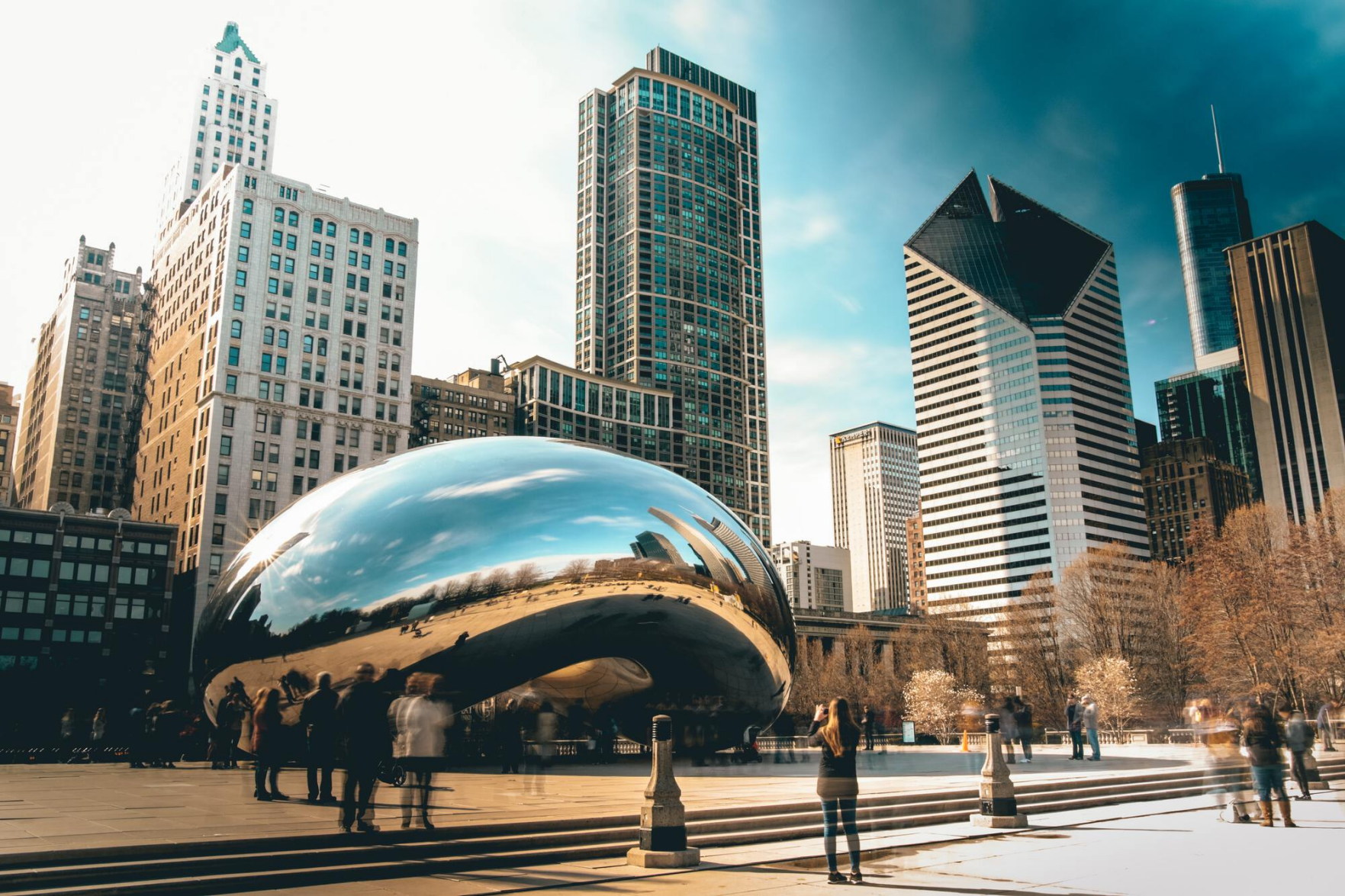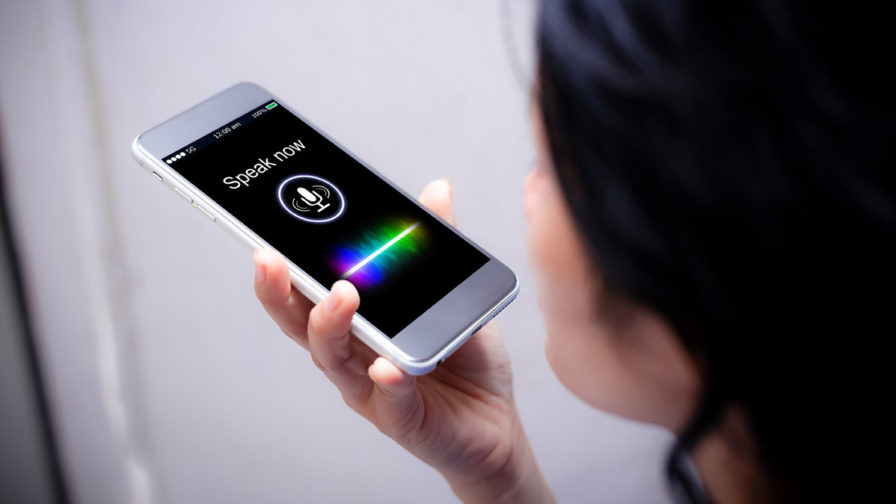Exploring the History: The Fascinating Reason Behind New York’s Moniker, the Big Apple
3 min readIntroduction to New York’s Nicknames
New York City is famous for many things: its towering skyscrapers, vibrant culture, and yes, its nicknames. While “The Big Apple” is the most famous, it’s not the only one. Over the years, New York has been called everything from “Gotham” to “The Empire City.” But today, we’re zeroing in on the nickname that’s become synonymous with NYC: “The Big Apple.”
The Origins of “The Big Apple”
Early Uses of the Term
The nickname “The https://www.flnewsdaily.com/” has roots that stretch back to the 1920s. It wasn’t always associated with the bustling metropolis we know today. Initially, it was used by jazz musicians to refer to New York City, the place where big gigs and big money were found. Imagine a big, juicy apple sitting at the top of the tree—New York was that big, juicy prize for musicians.
The Jazz Era and Its Influence
The jazz era played a pivotal role in popularizing the nickname. During the 1920s, jazz musicians from around the country used the term to signify the ultimate place to play. It wasn’t just a cool nickname; it was an aspiration. The Big Apple was where the best in jazz came to shine.
John J. Fitz Gerald’s Contribution
So, who was behind this catchy phrase? Enter John J. Fitz Gerald, a sports writer for the New York Morning Telegraph. He’s often credited with coining the term in the 1920s, using it in his horse racing columns. Fitz Gerald’s use of “The Big Apple” referred to the many racetracks in New York, hinting at the city’s significance in the world of racing.
The Popularization of “The Big Apple”
The Role of Tourism and Marketing
Fast forward to the 1970s, and New York City’s tourism board decided to capitalize on the nickname. In an effort to rebrand the city, especially after tough economic times and a dip in tourism, they adopted “The Big Apple” in promotional campaigns. The city was not just a big deal but the biggest deal—hence, “The Big Apple.”
Media Influence
Media plays a crucial role in shaping and spreading nicknames. From movies to advertisements, the nickname “The Big Apple” was pushed into the limelight. It became a part of popular culture, cementing its place in the global consciousness as the go-to reference for New York City.
How “The Big Apple” Became Iconic
Over time, “The Big Apple” became more than just a nickname; it became an icon. Think of it as a symbol of New York City’s grandeur and vibrancy. It’s not just about a big apple; it’s about the big dreams, opportunities, and life that NYC represents.
The Symbolism Behind the Nickname
What Does “The Big Apple” Represent?
“The Big Apple” symbolizes the city’s enormous appeal and significance. Just like a big apple stands out in a fruit bowl, New York City stands out in the world as a hub of culture, finance, and excitement. It represents a place where dreams can come true and where everything seems a little bit bigger.
The Significance of New York’s Size
There’s also a literal angle to the nickname. New York is one of the largest and most influential cities globally. The term “Big Apple” fits perfectly because it’s not just big in size but big in impact. It’s a city that can’t be ignored, much like a giant, shining apple.
Comparing Nicknames for Other Cities
The Windy City: Chicago
While New York City is known as “The Big Apple,” other cities have their own nicknames. Chicago, for instance, is famously called “The Windy City.” This nickname reflects not only the weather but also the city’s history of politicians who were known for their blustery speeches.
The City of Angels: Los Angeles
Then there’s Los Angeles, known as “The City of Angels.” This nickname highlights the city’s sunny disposition and its reputation as a haven for dreamers, particularly those in the film industry.





